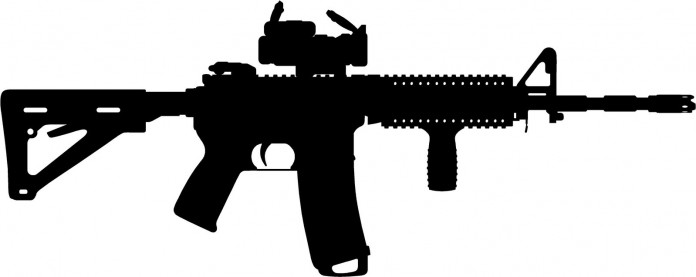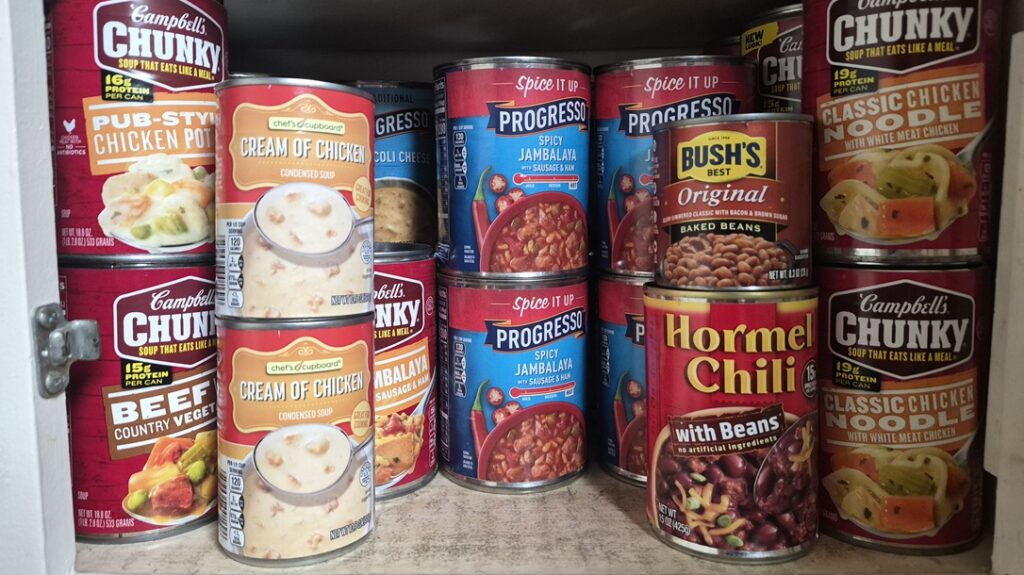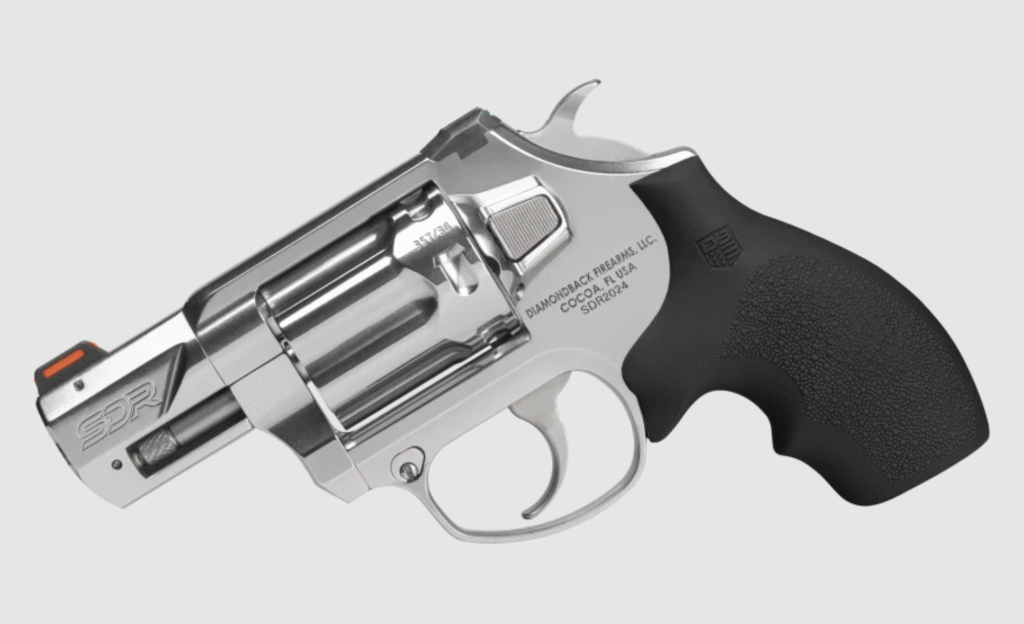By: David Sugg, Owner FireClean– MASF Member
Originally Published in MASF Quarterly Online Magazine Fall 2015 issue
Having inspected numerous firearms over the past few years, it is fair to say that there are still myths and misconceptions about what is required to make a good firearm function reliably. In this article we will focus on the AR-15 as there are myths that still persist about its function and reliability. When we think about firearms operation, we think about timing. If you consider an engine, whether it’s a lawnmower’s or a car’s, it runs roughly when there is a glitch in the timing. The same goes for a firearm. If you have a failure to feed, eject, or cycle, certain parts are not doing their job when they are supposed to. This can be caused by weak springs or carbon fouling on bearing surfaces.
Advertisement — Continue Reading Below
The AR-15: the sunset of the 1994 Assault Weapons Ban in 2004, combined with daily images of this iconic platform in Iraq and Afghanistan, led to a massive increase in interest and ownership, which created a demand for new products. Innovations such as mid-length gas systems, the VLTOR A5 buffer system, and Magpul’s PMAG® and other new magazine designs allowed it to function more reliably. One area, however, that didn’t see much improvement is the time and effort required to clean it. If there’s one thing that shooters dislike, cleaning is generally at the top of the list; when people don’t enjoy something, they tend to avoid it. For this reason, many shooters neglect their AR-15s. Too many shooters underlubricate their ARs before shooting, and then overlubricate once they are at the range. This presents a problem based on the weapon’s design. Excessive lubricant can trap fouling, which acts as a base for more fouling. Carbon molecules have a very strong bond with other carbon molecules (think diamonds). As the shooter pulls the trigger, more and more carbon is deposited into the firearm’s action. Due to the tighter tolerances of the AR-15, carbon fouling can cause the action to get “sluggish”. This will eventually lead to failures to feed (when the bolt carrier goes forward) or failures to eject (when the bolt carrier goes back). Metal on metal friction is a reality of any semi-automatic firearm. Some platforms, such as Glock® pistols and Kalashnikov rifles, are more forgiving with carbon initially, but they will ultimately stop running when the resistance caused by the impacted carbon fouling on bearing surfaces (such as the slide and frame interface, or piston/gas block interface) outweighs the strength of the recoil. If you think of carbon fouling as “hook and loop” (Velcro®), you get the idea.
In addition to being able to deal with the carbon fouling, a weapon lubricant also needs to be able to deal with heat. The military specification for CLP oil, MIL-PRF-63460E, calls for a minimum flash point of 150°F. We have heard personally heard stories from Iraq veterans of having to relubricate their M-4s several times during a patrol, even when no shots were fired. This combination of 120°F ambient temperature and continuous, direct sunlight on a black weapon caused CLP to evaporate off the weapon. Because of this low heat threshold, you will see many popular oils smoking during rapid strings of fire. When oil begins to smoke, it is breaking down at the molecular level. This creates varnishes that are hard to remove, and adding more oil to an oil that has already started smoking really isn’t going to help. You don’t want your gun to look like it’s coated with molasses. If you are seeing that, or seeing your oil smoke off within a couple of magazines, you should look for a high-performance alternative.
for a minimum flash point of 150°F. We have heard personally heard stories from Iraq veterans of having to relubricate their M-4s several times during a patrol, even when no shots were fired. This combination of 120°F ambient temperature and continuous, direct sunlight on a black weapon caused CLP to evaporate off the weapon. Because of this low heat threshold, you will see many popular oils smoking during rapid strings of fire. When oil begins to smoke, it is breaking down at the molecular level. This creates varnishes that are hard to remove, and adding more oil to an oil that has already started smoking really isn’t going to help. You don’t want your gun to look like it’s coated with molasses. If you are seeing that, or seeing your oil smoke off within a couple of magazines, you should look for a high-performance alternative.
When time comes to clean the weapon, many AR-15 shooters focus on the wrong end of the bolt. The bolt tail (behind the gas rings) does not rub against the inner surface of the bolt carrier during operation. As a result, carbon deposits on this small surface will not impede operation. On the other hand, fouling on the bolt locking lugs, and the corresponding surface of the barrel extension, can cause friction during the firing and unlocking process. This can lead to failures to eject, broken bolt lugs, and other issues. If there’s one area that is neglected, the chamber is at the top of our list.
Advertisement — Continue Reading Below

Mixing oils is another area where shooters can see problems. While water may be water, “lube” is not “lube.” Due to different composition, viscosity, weight, it is best to strip the weapon of existing lubricants before you change brands.
While some shooters have turned to synthetic motor oil as a “cheap” solution, we have not found it to be an effective solution. Modern engines are full of sensors, pumps, coolers and run much cleaner than a firearm. Motor oil “bathes” the parts; you don’t have an oil pump in your AR-15. So you need something that will stay in place and resist heat and carbon fouling. Piston-operated ARs need cleaning and lubrication also. They simply get dirty in different places, and you will have to spend time and effort on the piston, whereas the tail of a direct-impingement bolt doesn’t require the same degree of persistence. On a recent trip to the range, we had a new 7.5” piston upper go “bolt action” until lubrication was added to the bolt carrier and locking lugs.
Piston-operated ARs need cleaning and lubrication also. They simply get dirty in different places, and you will have to spend time and effort on the piston, whereas the tail of a direct-impingement bolt doesn’t require the same degree of persistence. On a recent trip to the range, we had a new 7.5” piston upper go “bolt action” until lubrication was added to the bolt carrier and locking lugs.
Advertisement — Continue Reading Below
We see the problem with AR-15 cleaning and lubrication compounded even more by the increasing use of suppressors. From what we have seen, suppressors foul an AR-15 six to ten times faster than the same setup without a suppressor. The shorter the barrel, the more it will foul. Everyone loves shooting suppressed weapons until time comes to clean them. Many ARs will require different springs and buffers to operate suppressed, and adjustable gas blocks are another alternative. You will have to lubricate a suppressed AR more than an unsuppressed one.  So how should you clean or lubricate an AR-15? We recommend cleaning everything between the bottom of the receiver extension and the muzzle device, with the exception of inside the gas tube. A light coat (an amount that you can barely spread with your finger) is all that you should really need for effective lubrication. Be sure to clean and lubricate the back of the bolt lugs. On the charging handle, firing pin, cam pin, gas key, inner and outer surfaces of the bolt carrier, and bolt, clean them thoroughly and use a light coat of oil (again- barely spreadable with a finger or QTip). You should also clean all of the nooks and crannies in the upper receiver, as well as the action spring, buffer, receiver extension, hammer, trigger sear, and trigger pins. It is easier to lubricate a stationary object (upper receiver) than a moving object subject to G forces (bolt carrier group) so be sure to use a light coat of oil in the upper receiver also.
So how should you clean or lubricate an AR-15? We recommend cleaning everything between the bottom of the receiver extension and the muzzle device, with the exception of inside the gas tube. A light coat (an amount that you can barely spread with your finger) is all that you should really need for effective lubrication. Be sure to clean and lubricate the back of the bolt lugs. On the charging handle, firing pin, cam pin, gas key, inner and outer surfaces of the bolt carrier, and bolt, clean them thoroughly and use a light coat of oil (again- barely spreadable with a finger or QTip). You should also clean all of the nooks and crannies in the upper receiver, as well as the action spring, buffer, receiver extension, hammer, trigger sear, and trigger pins. It is easier to lubricate a stationary object (upper receiver) than a moving object subject to G forces (bolt carrier group) so be sure to use a light coat of oil in the upper receiver also. Ultimately your AR should cycle smoothly and quietly when you pull the charging handle back and forth. Audible or tactile “grit” means that your action is dirty and/or underlubricated. If you follow the steps in the previous paragraph, use quality components, ammunition, and cleaning/lubrication products, you should notice a significant increase in reliability, ease of cleaning, and confidence in your AR’s ability to perform on demand.
Ultimately your AR should cycle smoothly and quietly when you pull the charging handle back and forth. Audible or tactile “grit” means that your action is dirty and/or underlubricated. If you follow the steps in the previous paragraph, use quality components, ammunition, and cleaning/lubrication products, you should notice a significant increase in reliability, ease of cleaning, and confidence in your AR’s ability to perform on demand.
SOURCE ARTICLE: http://masf.co/2016/02/08/ar-15-cleaning-and-lubrication-myths-2/















